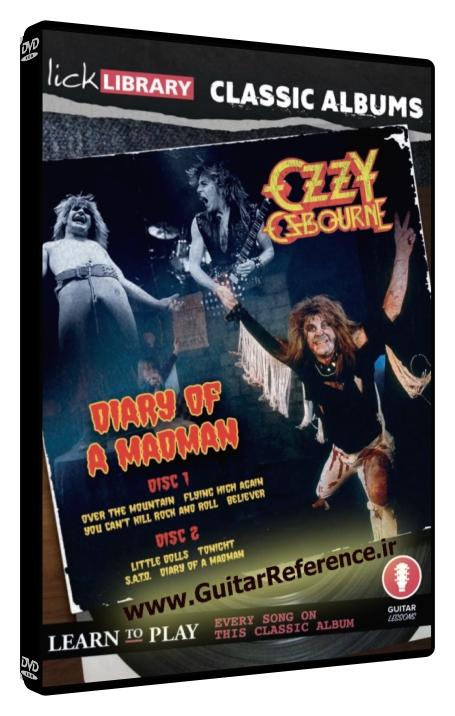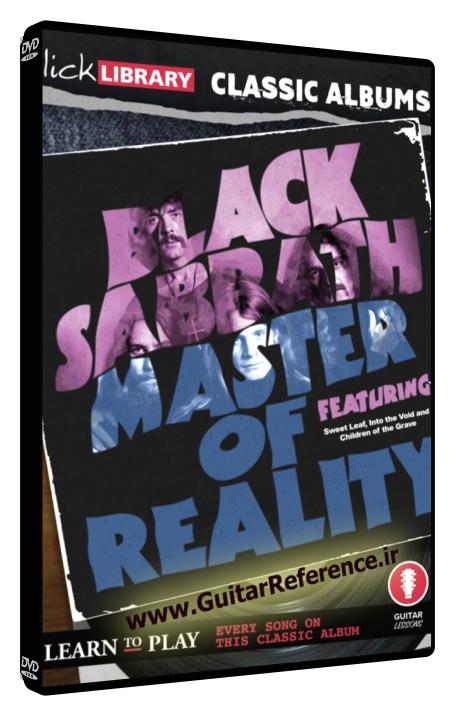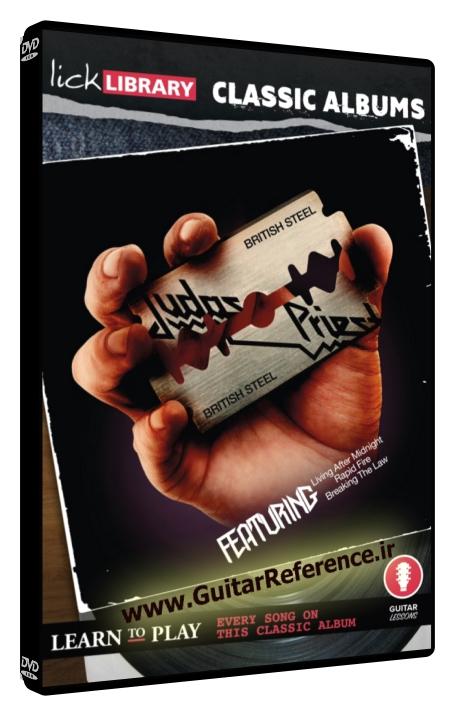Classic Albums – Led Zeppelin IV
by Danny Gill
Product Size: 1.77 GB (WEBRIP)
37.99 $ 3.99 $
Description
Led Zeppelin IV: A Guitarist’s Perspective
Released on 8 November 1971, this record cemented the band’s reputation as rock giants and Jimmy Page a guitar hero with help from his classic riffs from the tracks “Black Dog” and “Rock and Roll” to Page’s iconic solo section contained within the epic, “Stairway to heaven”. Selling 30 million copies worldwide, Led Zeppelin’s untitled fourth studio album commonly known as Led Zeppelin IV Is one of the most popular and influential albums of all time.
In this guitar lesson course, LickLibrary veteran, Danny Gill walks you through the many highlights of each song one phrase at a time.
Guitar Lessons in This Course
• Black Dog
• Rock And Roll
• The Battle Of Evermore
• Stairway To Heaven
• Misty Mountain Hop
• Four Sticks
• Going To California
• When The Levee Breaks
Guitar Lesson 1: “Black Dog”
“Black Dog” is a monster of rock riffage in the key of A, filled with dominant seventh chords and pentatonic blues fills. Its offbeat syncopation is a masterclass in rhythm guitar. The solo showcases Jimmy Page’s intricate mix of minor and major pentatonic scales, with a generous sprinkling of blues notes. Double stops and slides are common techniques here.
Guitar Lesson 2: “Rock and Roll”
This song is a high-energy throwback to the era of 50s rock and roll, revolving around a 12-bar blues progression in A. Page delivers a ripping guitar solo over the IV chord, employing his famed alternate picking technique in a fiery display.
Guitar Lesson 3: “The Battle of Evermore”
An exquisite blend of folk and rock, “The Battle of Evermore” features Page’s intricate finger-picking on the acoustic guitar. DADGAD tuning is used to achieve the song’s unique, open sound, demonstrating the band’s willingness to experiment with altered tunings.
Guitar Lesson 4: “Stairway to Heaven”
A song that needs no introduction. The finger-picked intro in Am (and later C) is a staple of guitar repertoire. Page uses arpeggiated chord progressions to weave an ethereal tapestry of sound, gradually building up to the famous solo. This solo is played in A minor pentatonic with occasional diversions into major territory, with a masterful use of bends, pull-offs, and slides.
Guitar Lesson 5: “Misty Mountain Hop”
This song is driven by a repeating minor seventh chord progression, and Page layers electric and acoustic guitars for a rich, textured sound. His lead guitar work involves plenty of bends and power chords to underline the song’s relentless groove.
Guitar Lesson 6: “Four Sticks”
An exercise in rhythmic complexity, “Four Sticks” is composed in an odd time signature, challenging the listener’s sense of pulse. Its alternating minor and major chords offer a great exploration of modal interplay.
Guitar Lesson 7: “Going to California”
This song showcases Page’s finger-picking on the acoustic guitar in open G tuning. Its delicate, flowing melody and chord progressions demonstrate Page’s ability to create powerful music with simple elements.
Guitar Lesson 8: “When the Levee Breaks”
The album concludes with this blues-influenced track. Its iconic main riff is played in open F tuning, demonstrating once again Page’s penchant for altered tunings. The slide guitar and harmonica interplay offer great insights into the band’s multifaceted sound.
Jimmy Page: The Virtuoso Behind the Strings
Jimmy Page, the band’s lead guitarist, is a key force behind this iconic album. Known for his innovative and eclectic style, Page employs a wide variety of guitar techniques throughout the album, from alternate picking and finger-picking to slide guitar and the use of altered tunings. His solos are often complex and intricate, weaving together different scales and techniques to create unforgettable guitar moments.
On Led Zeppelin IV, Page’s contributions are varied and nuanced. Whether he’s creating the driving rhythm of “Black Dog,” the plaintive, finger-picked arpeggios of “Stairway to Heaven,” or the complex time signature of “Four Sticks,” his ability to incorporate a wide range of techniques and styles into a coherent musical vision is on full display.
Techniques Used in this Album
• Alternate Picking
• Finger-Picking
• Slides
• Altered Tunings
• Double Stops
• Power Chords
• Pull-Offs
• Arpeggiated Chord Progressions
• Chord Progressions
• Syncopated Rhythms




























































